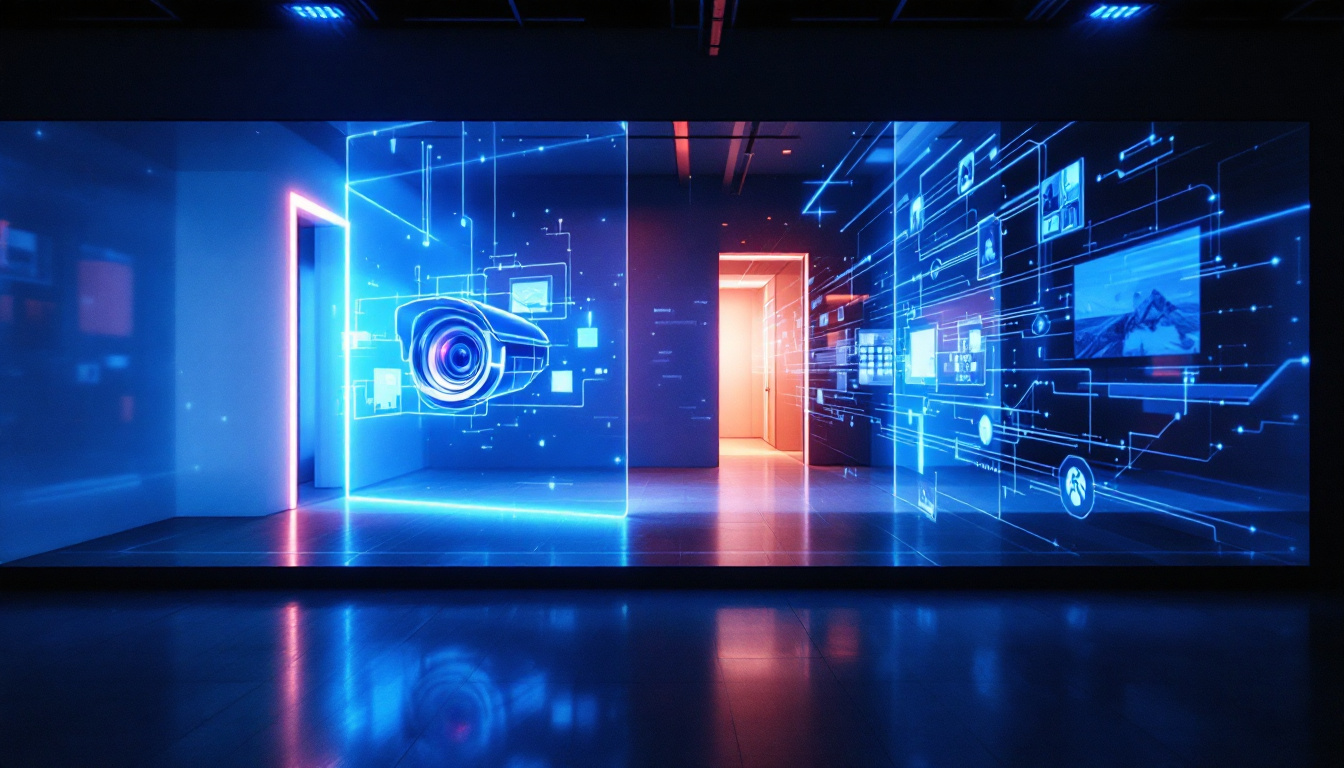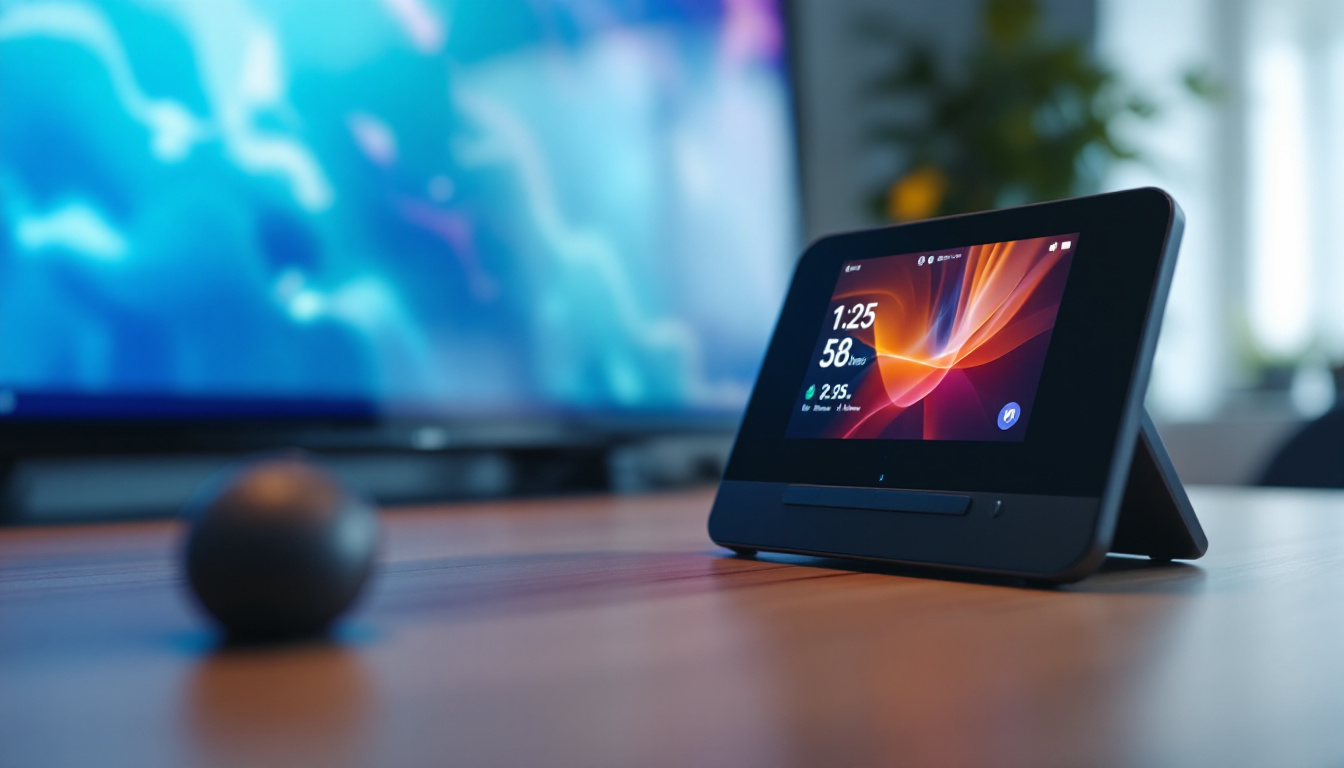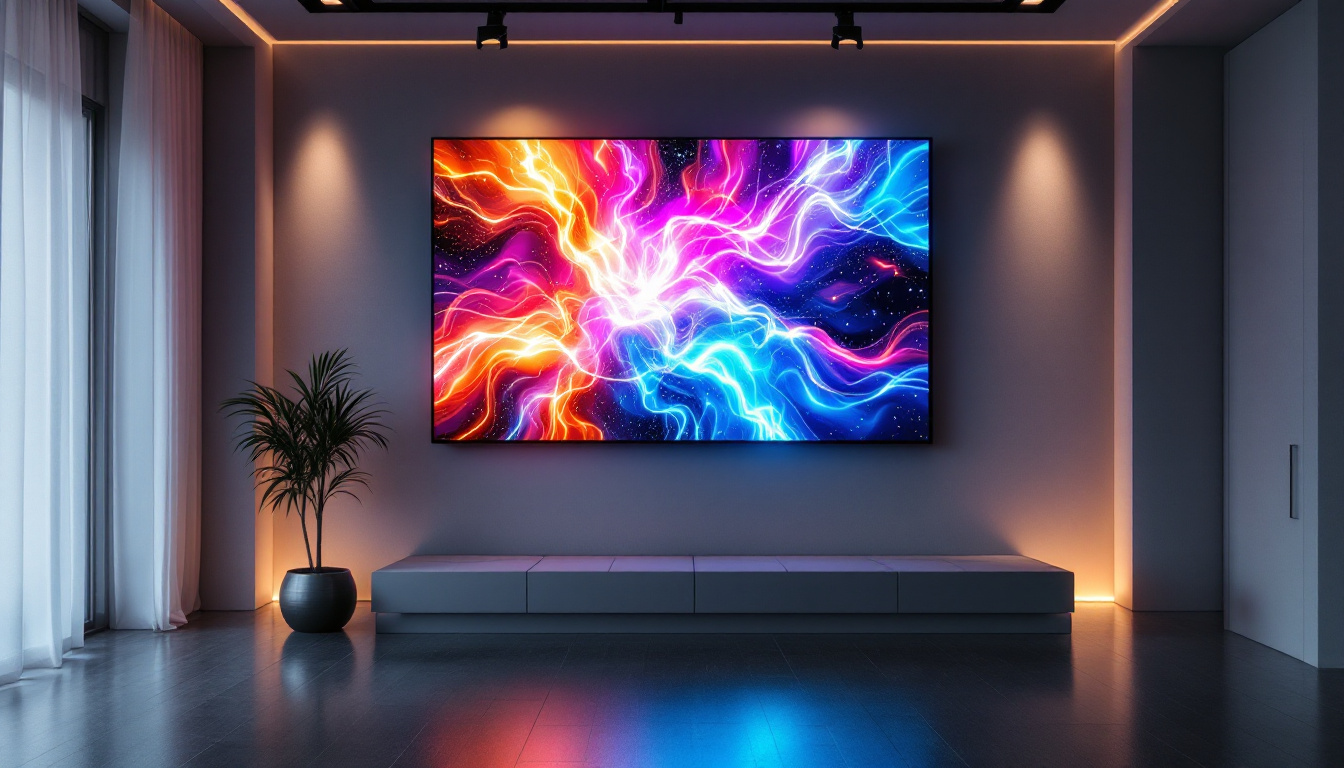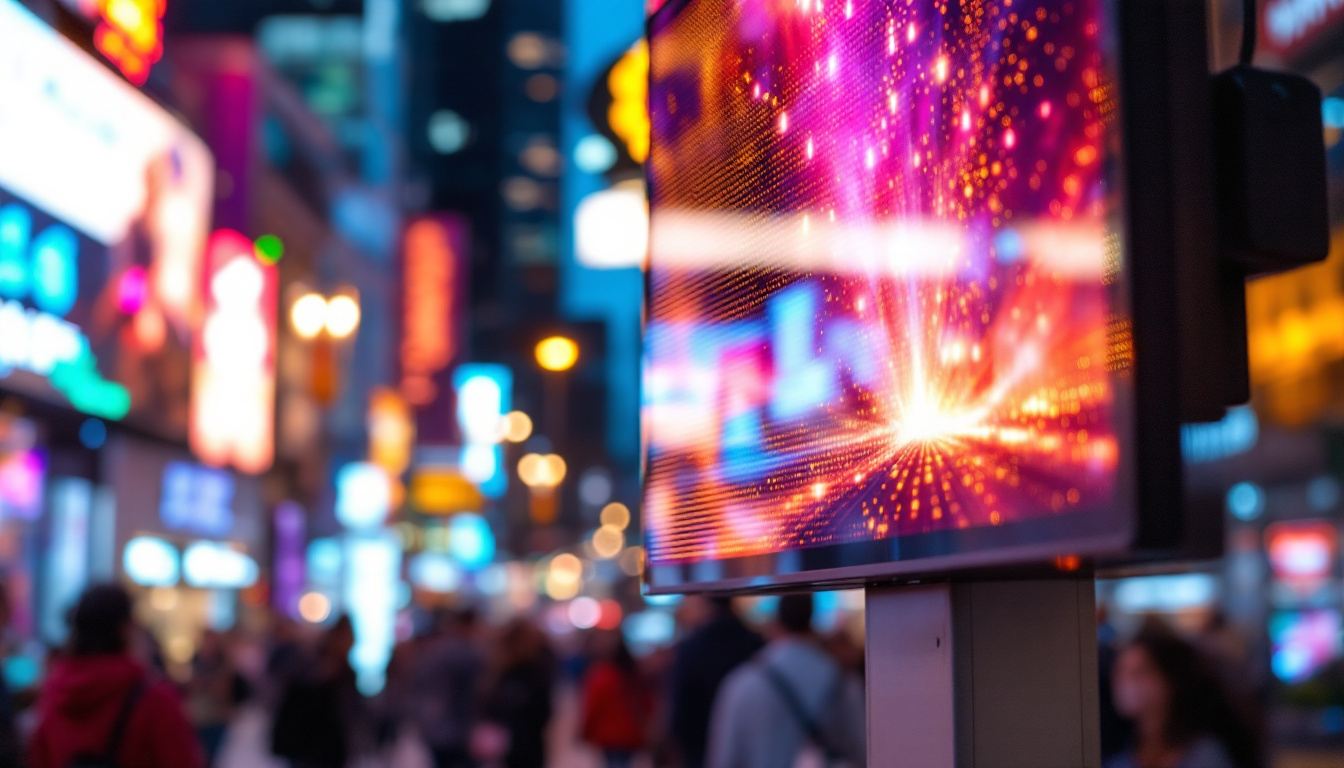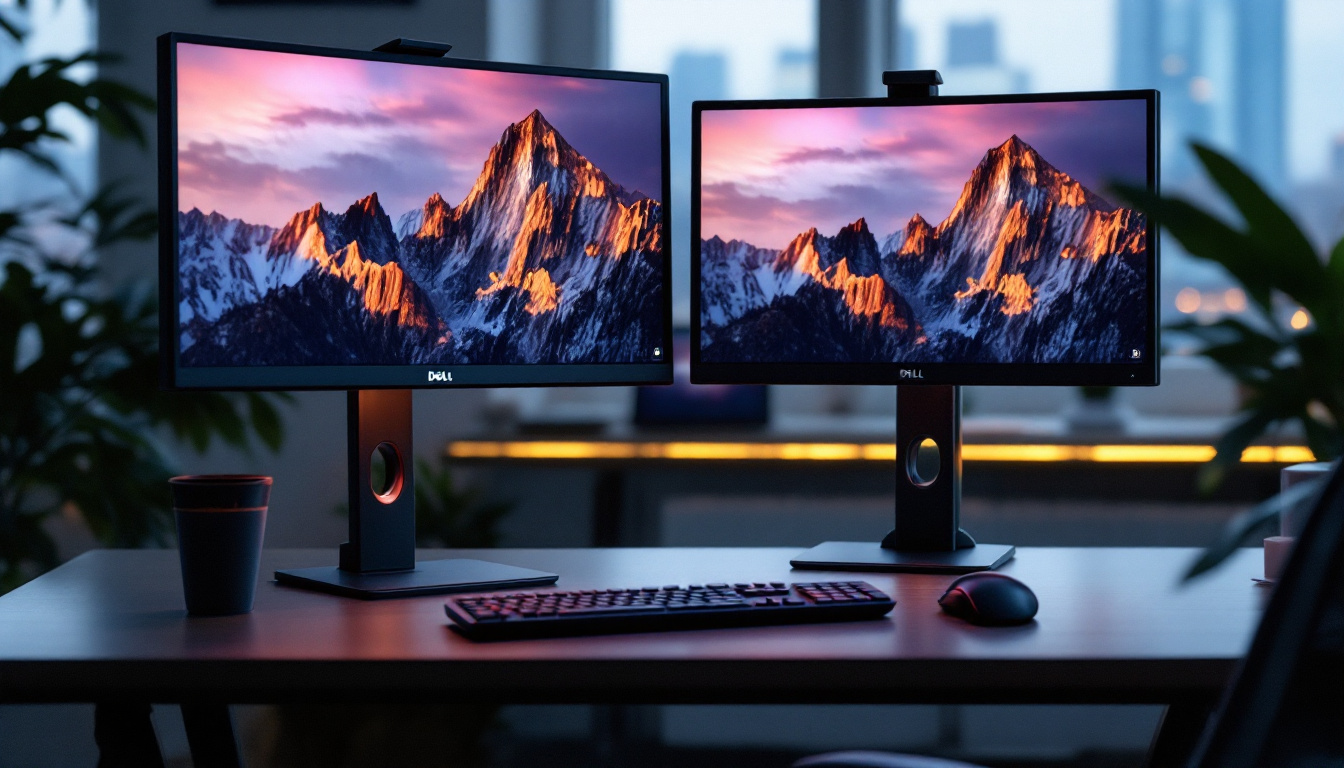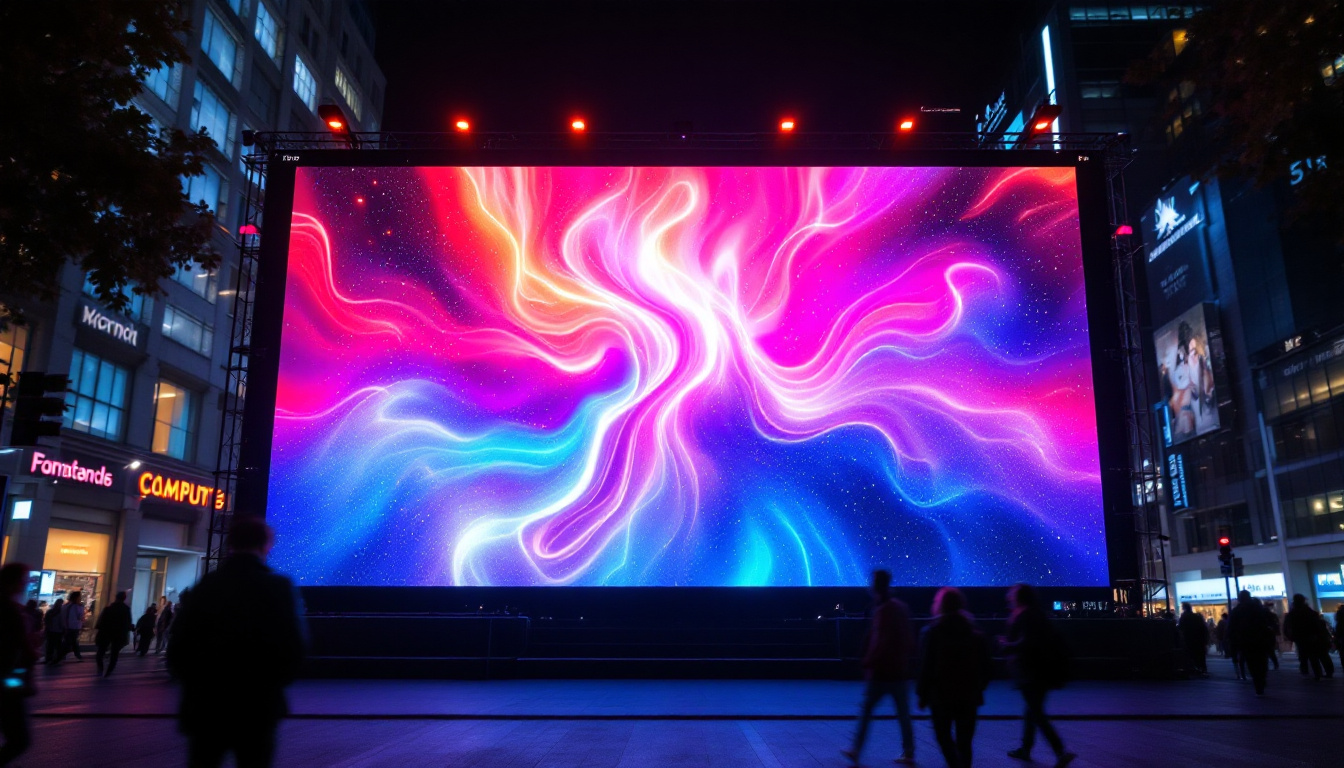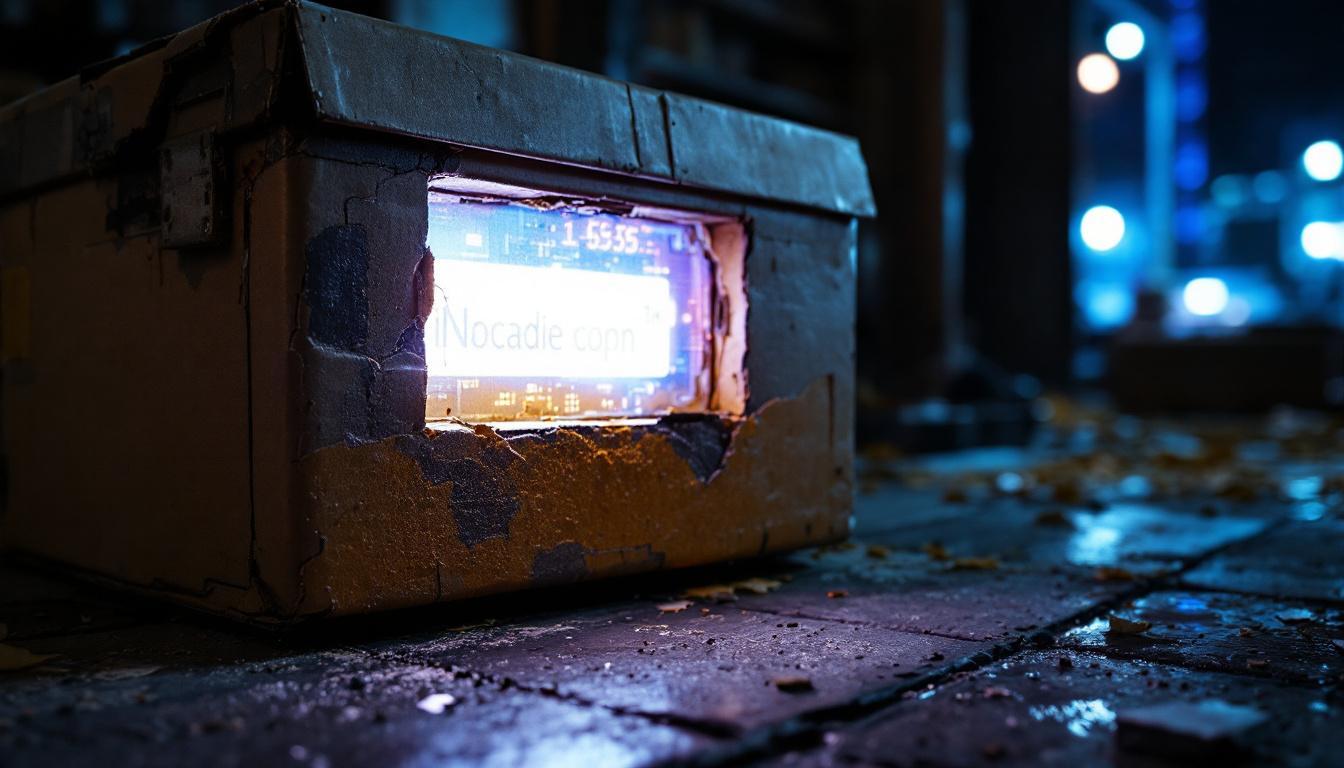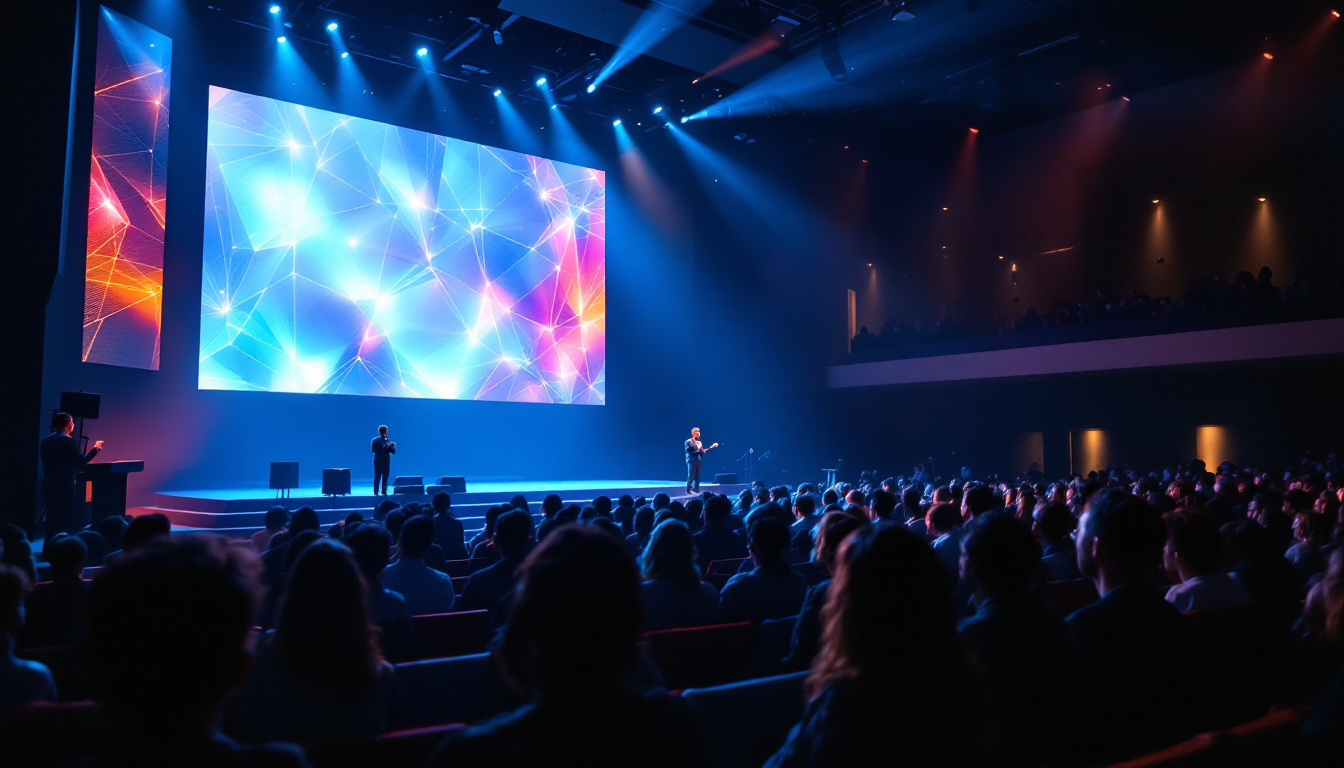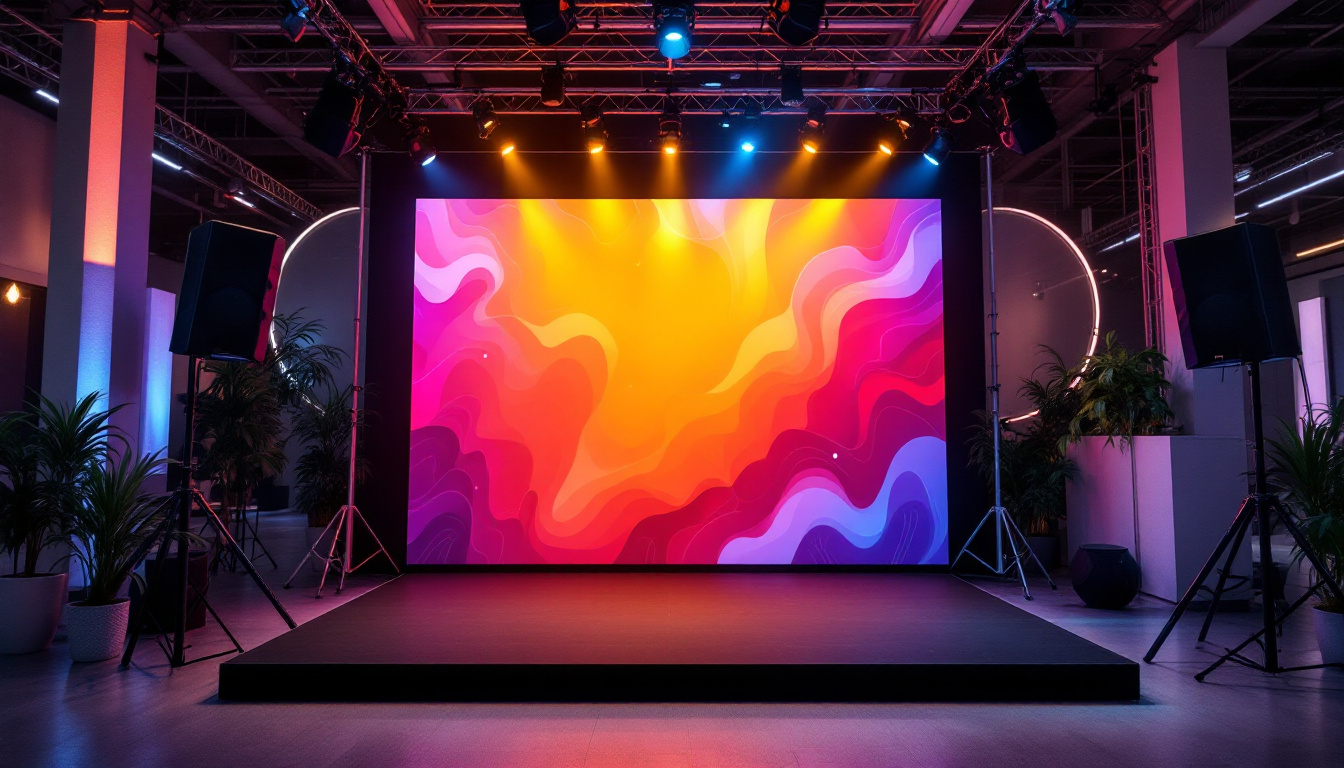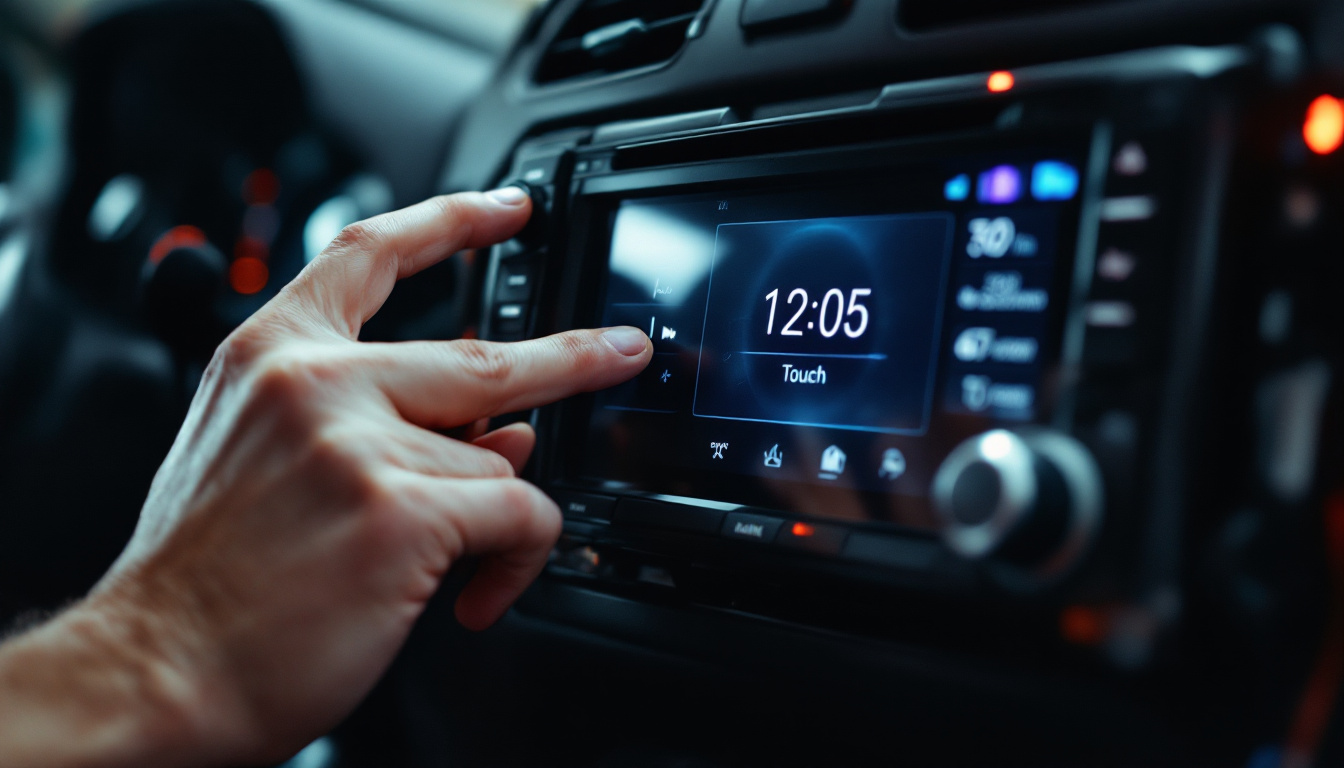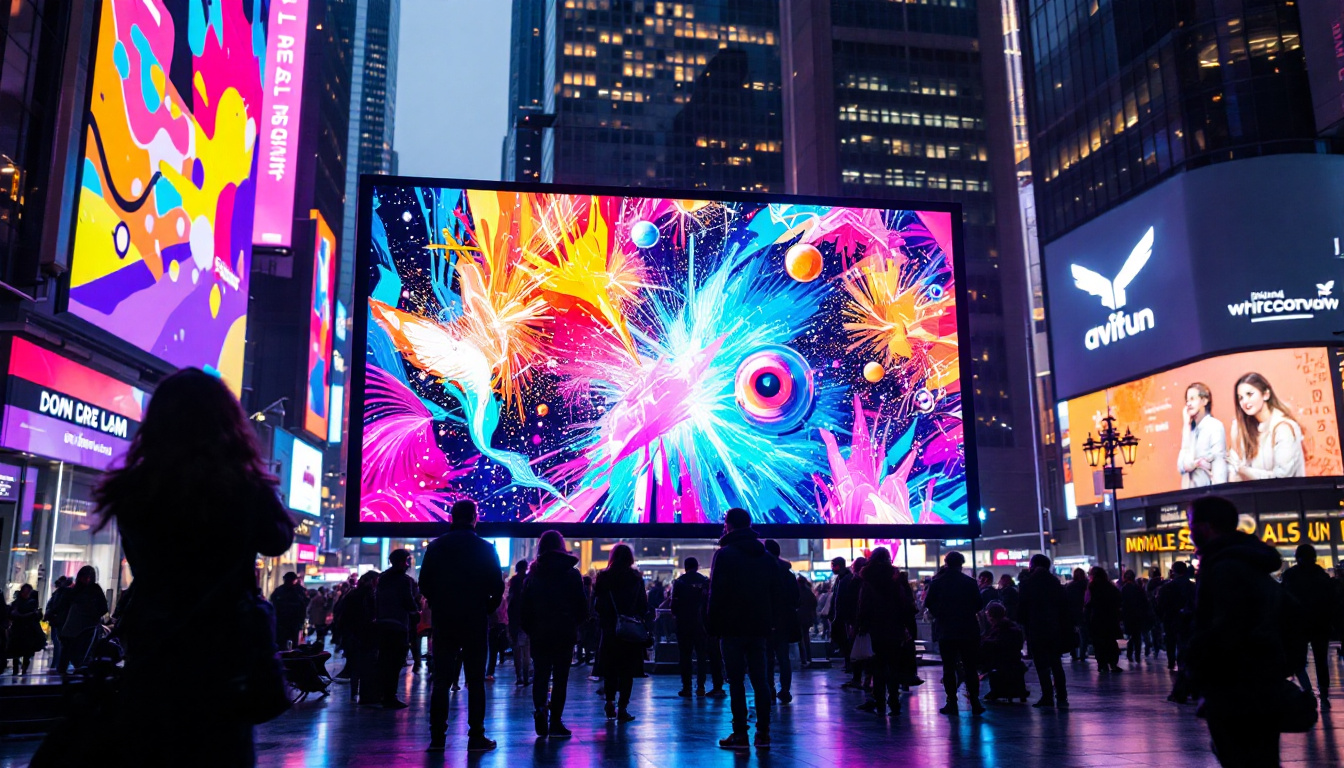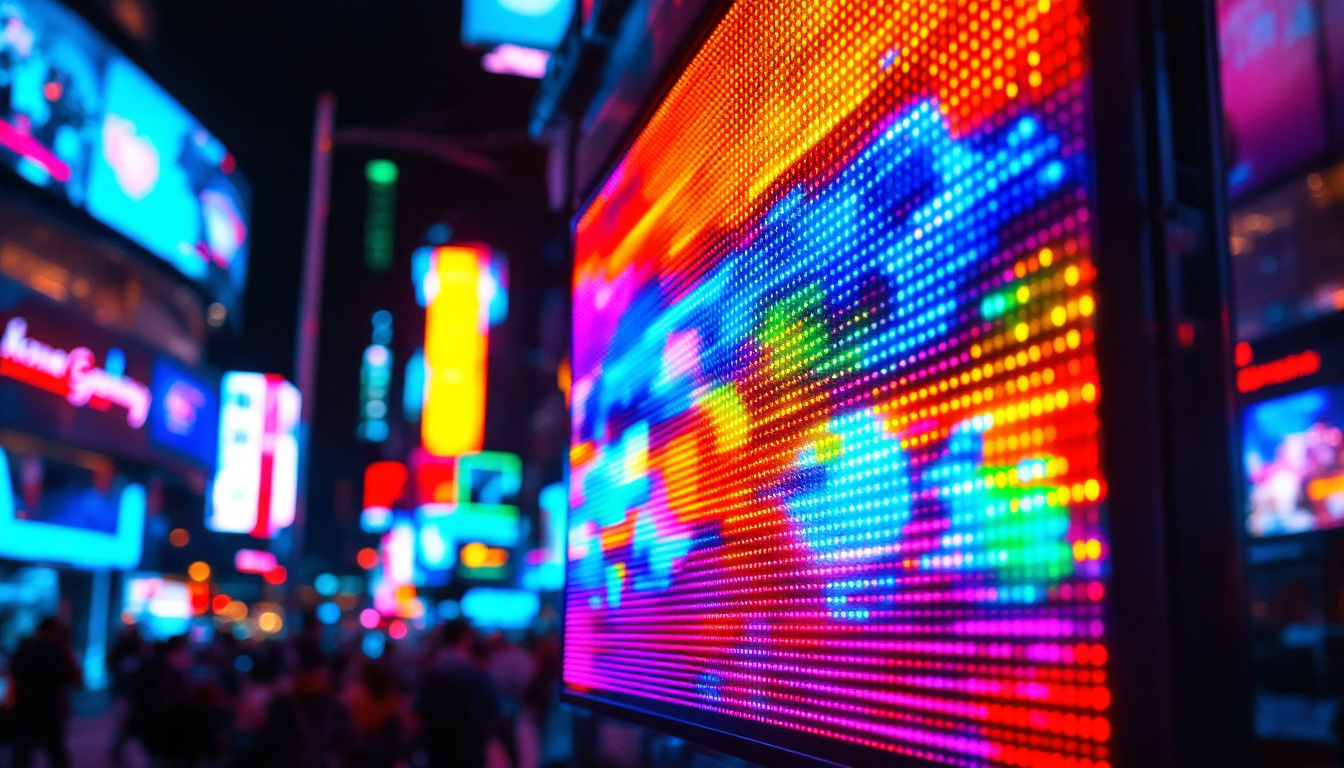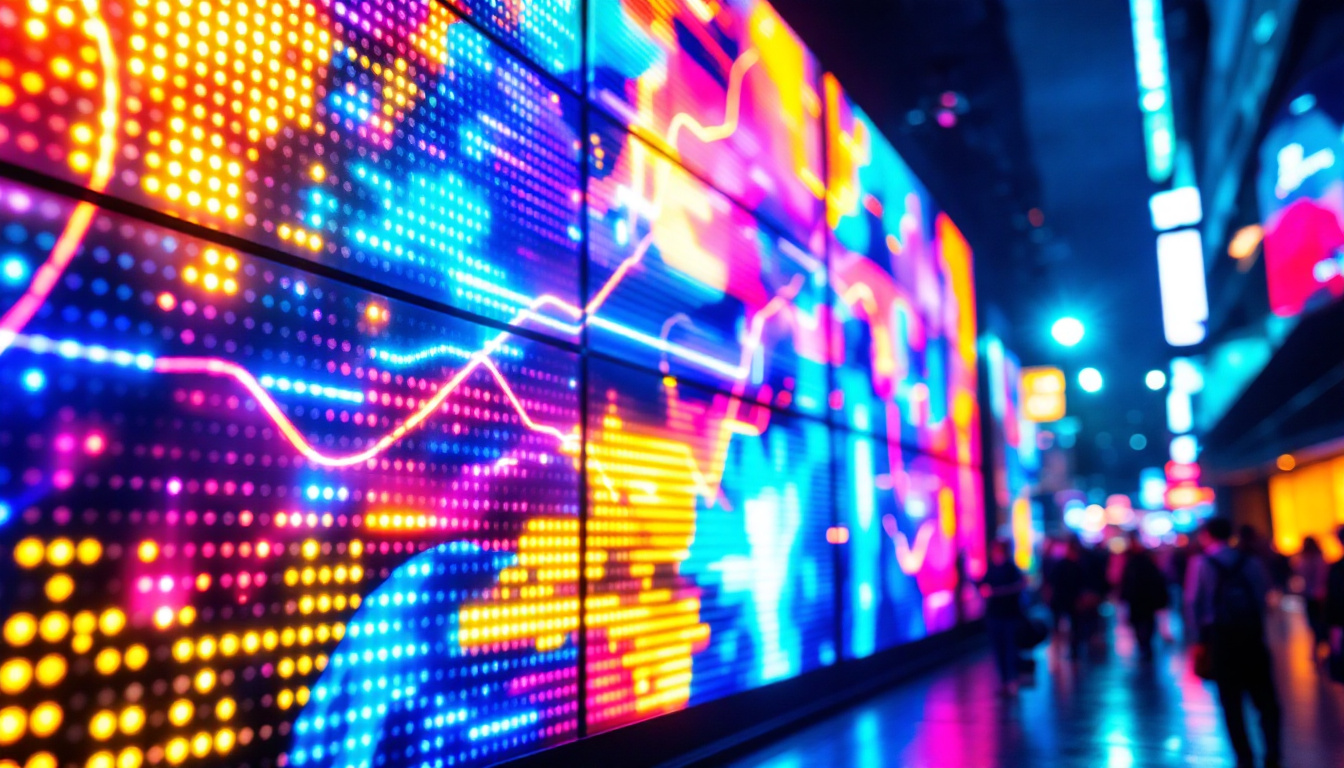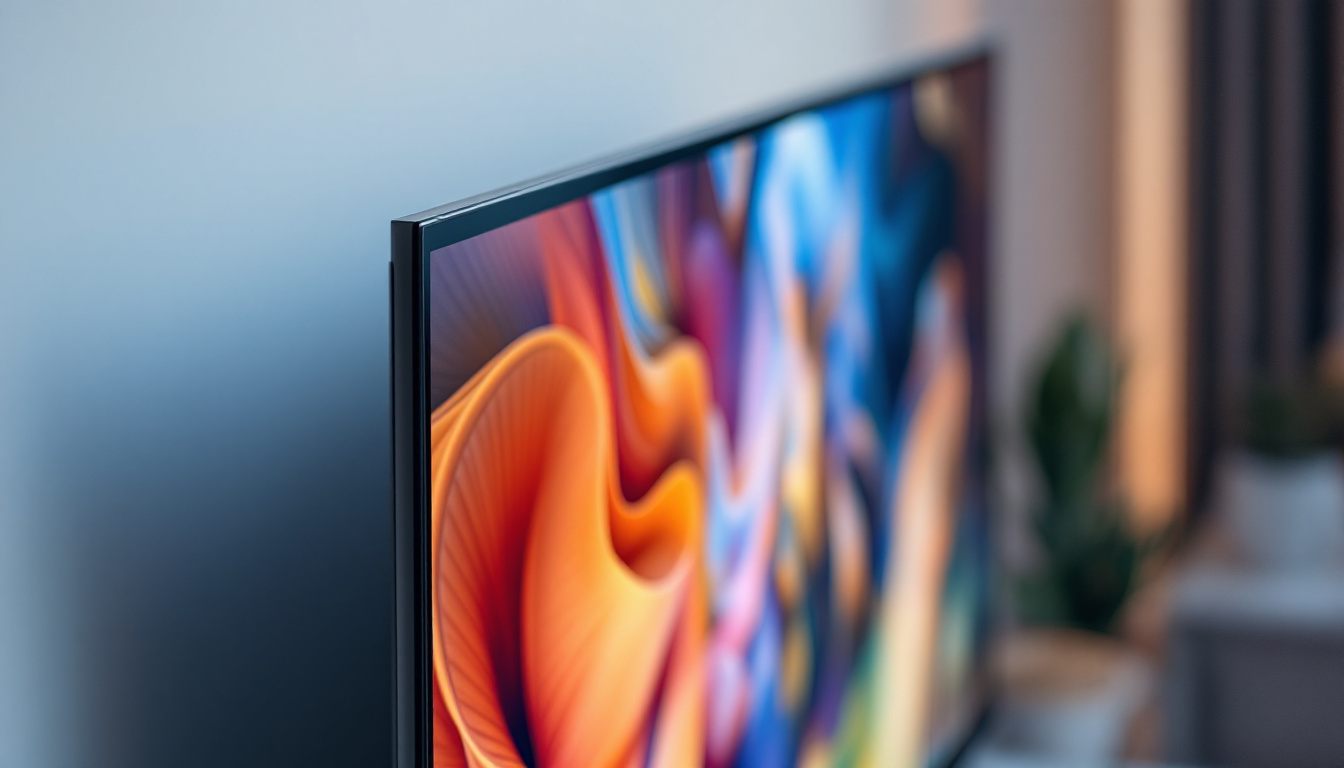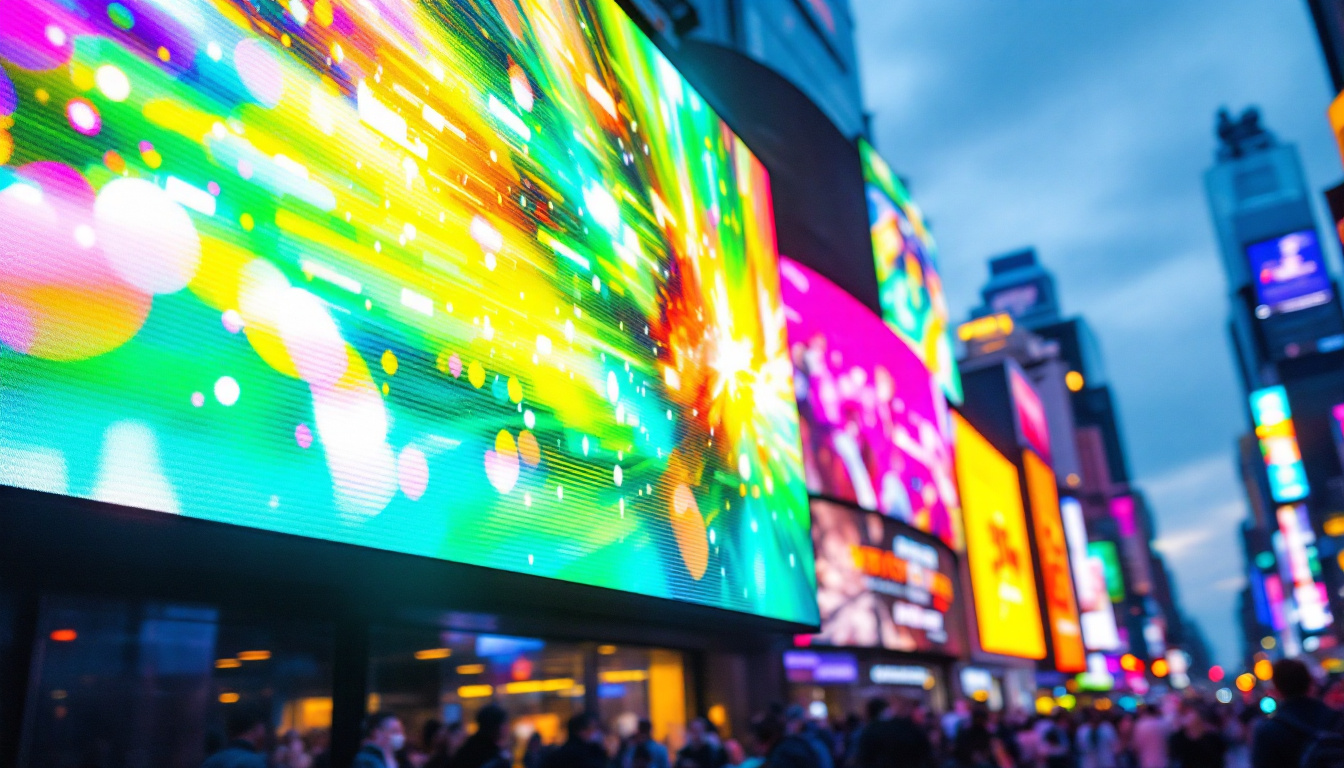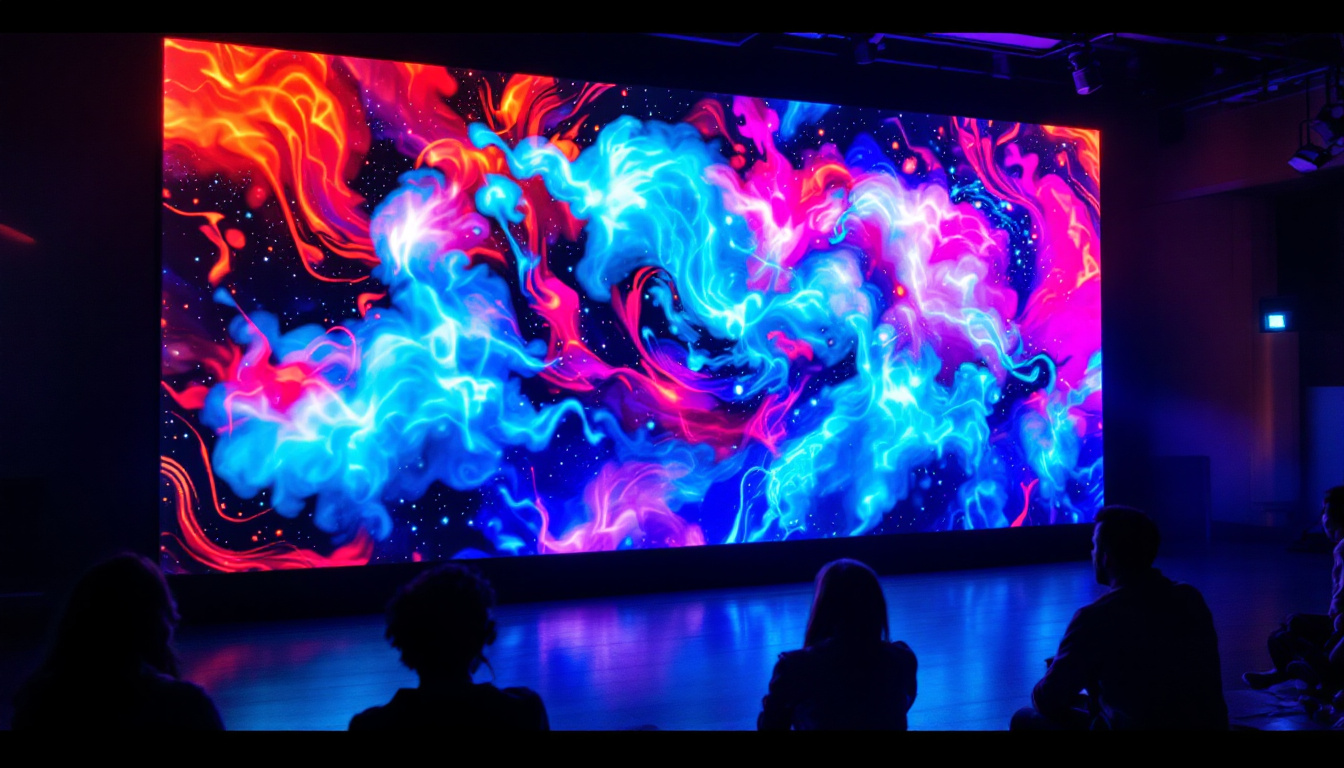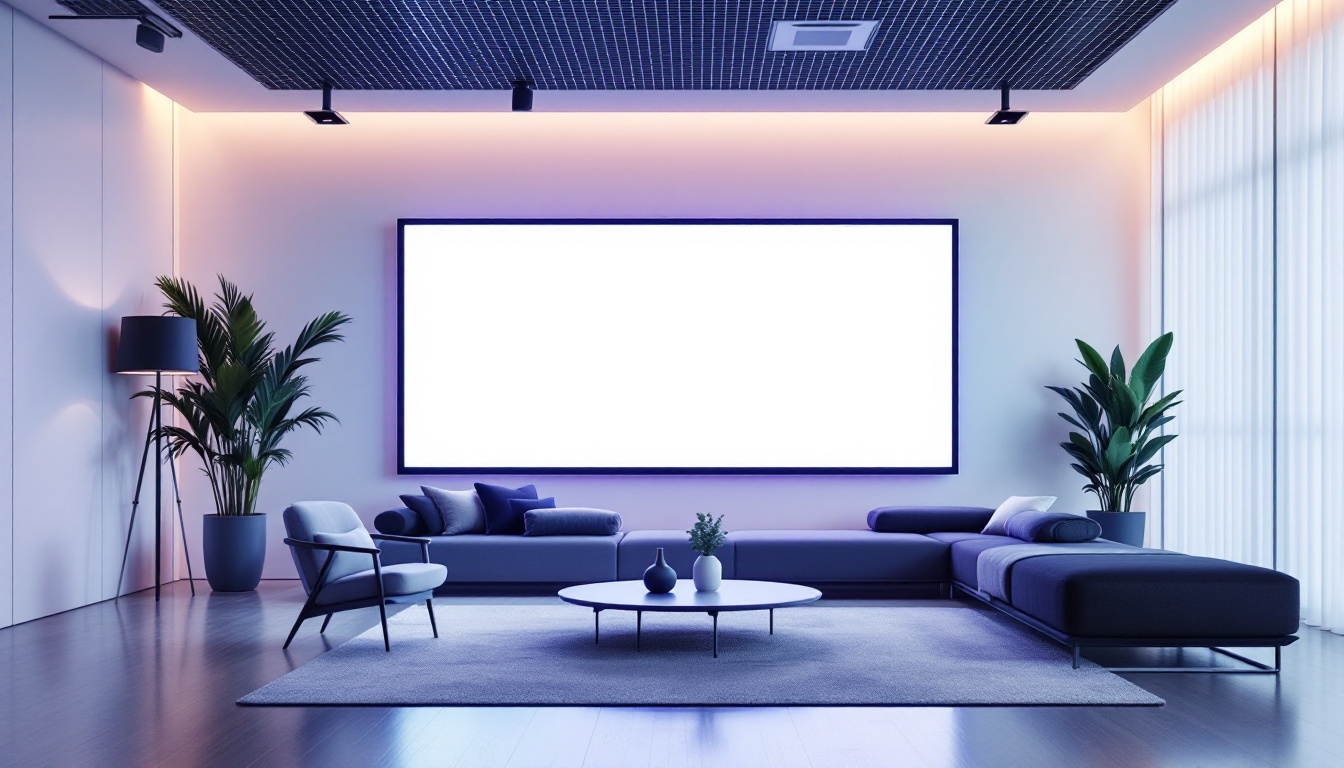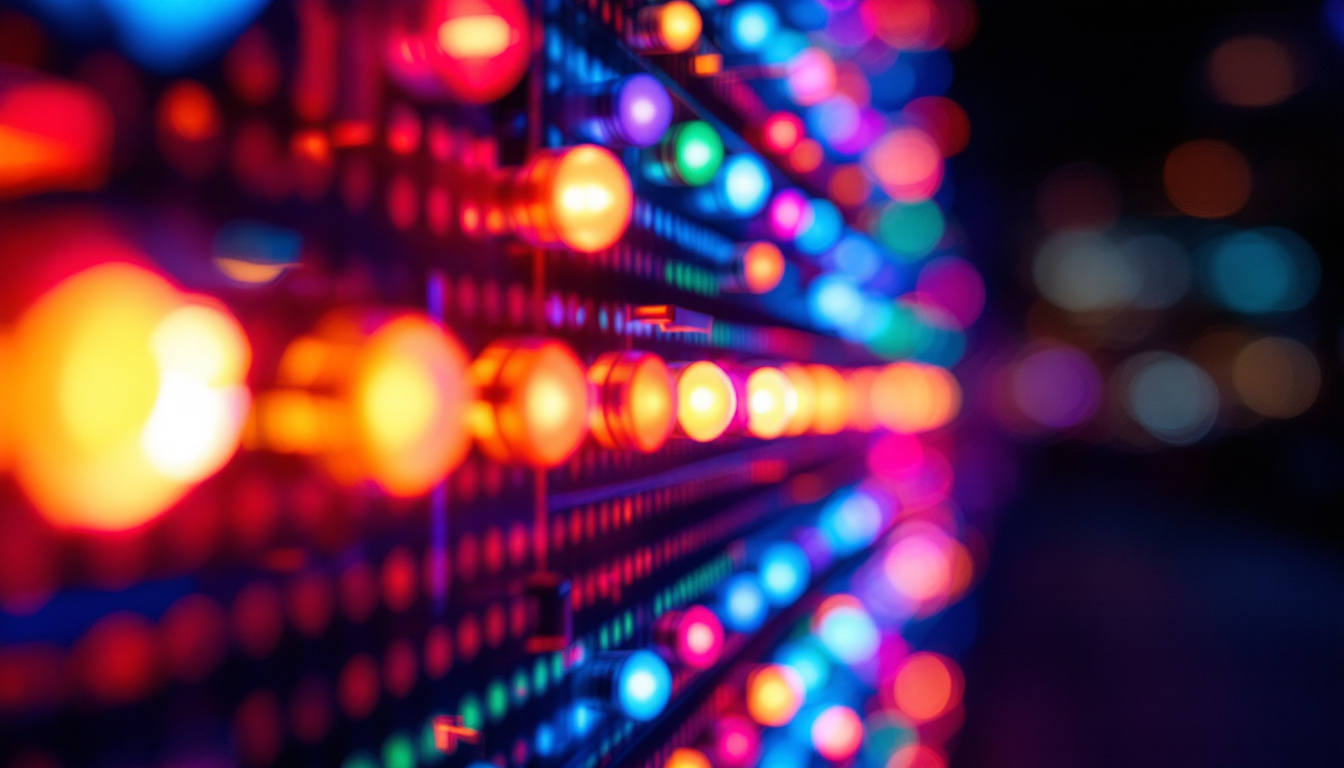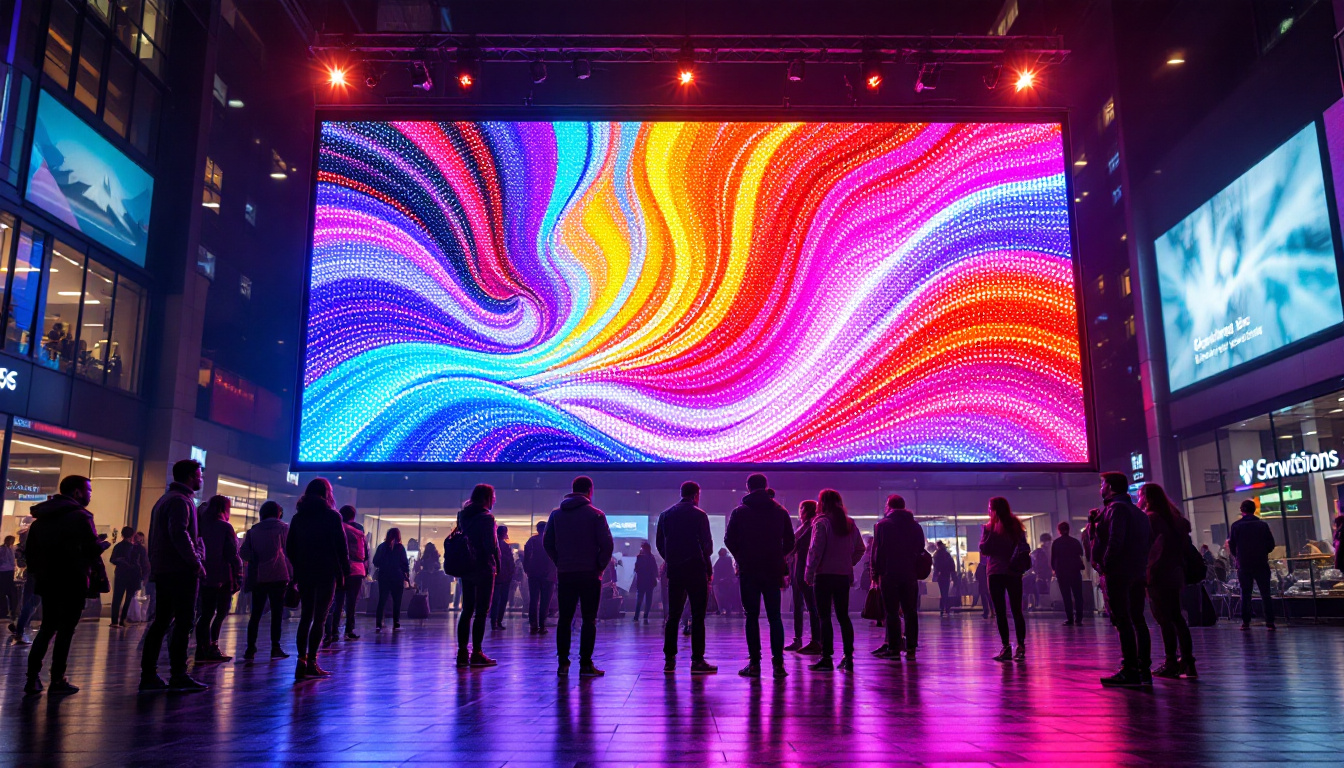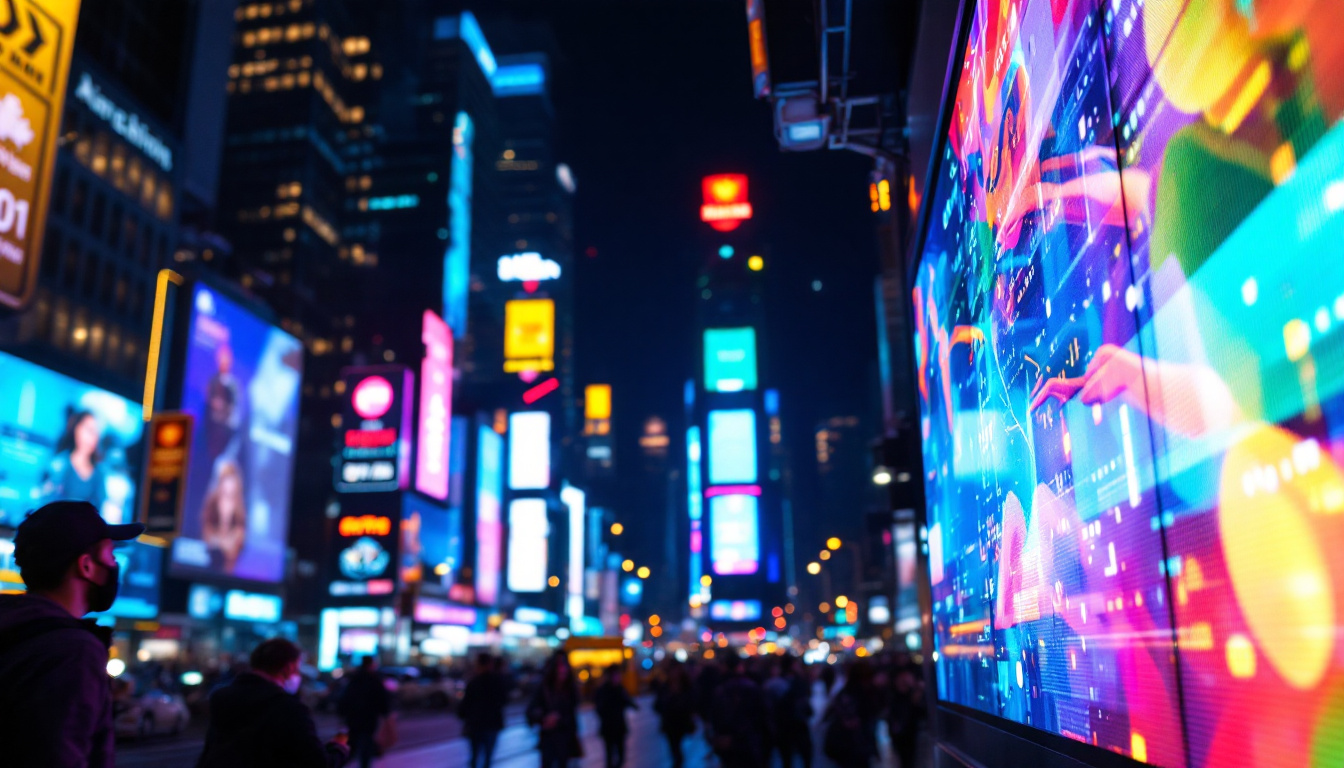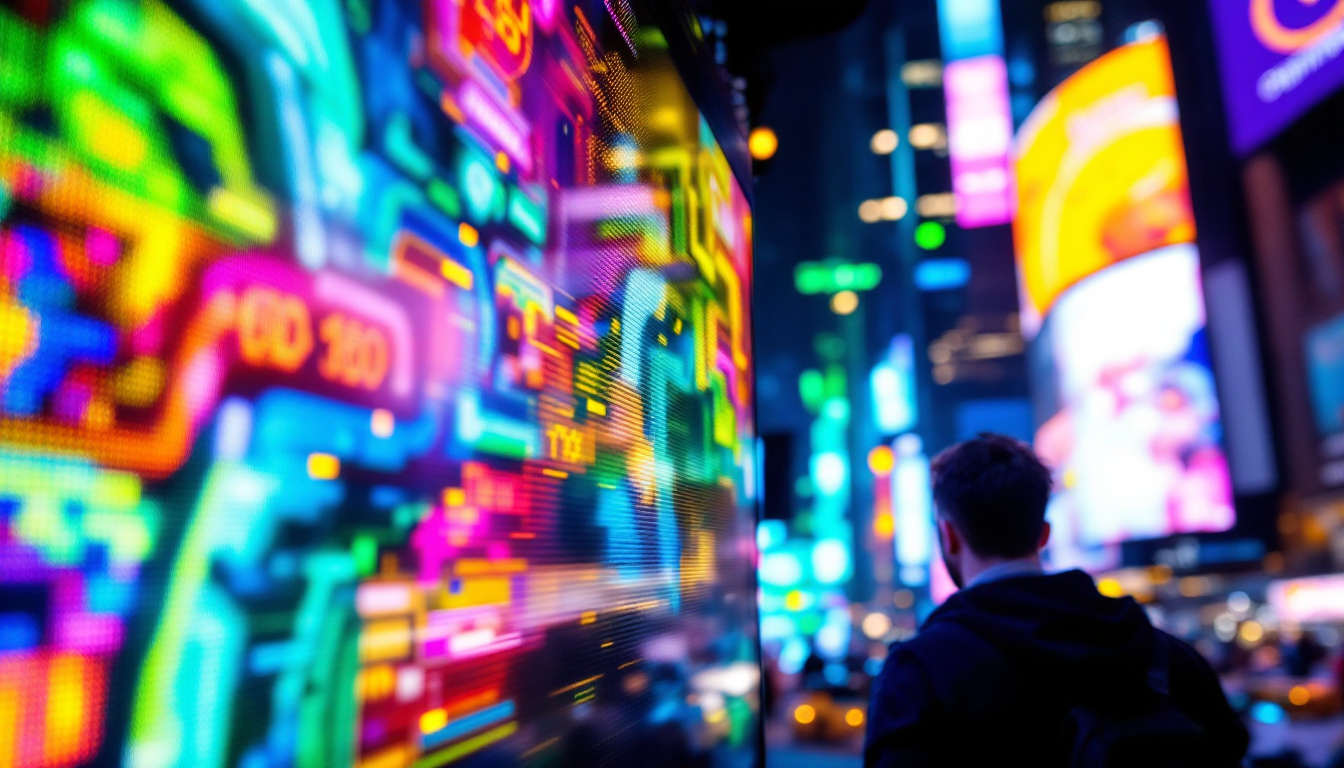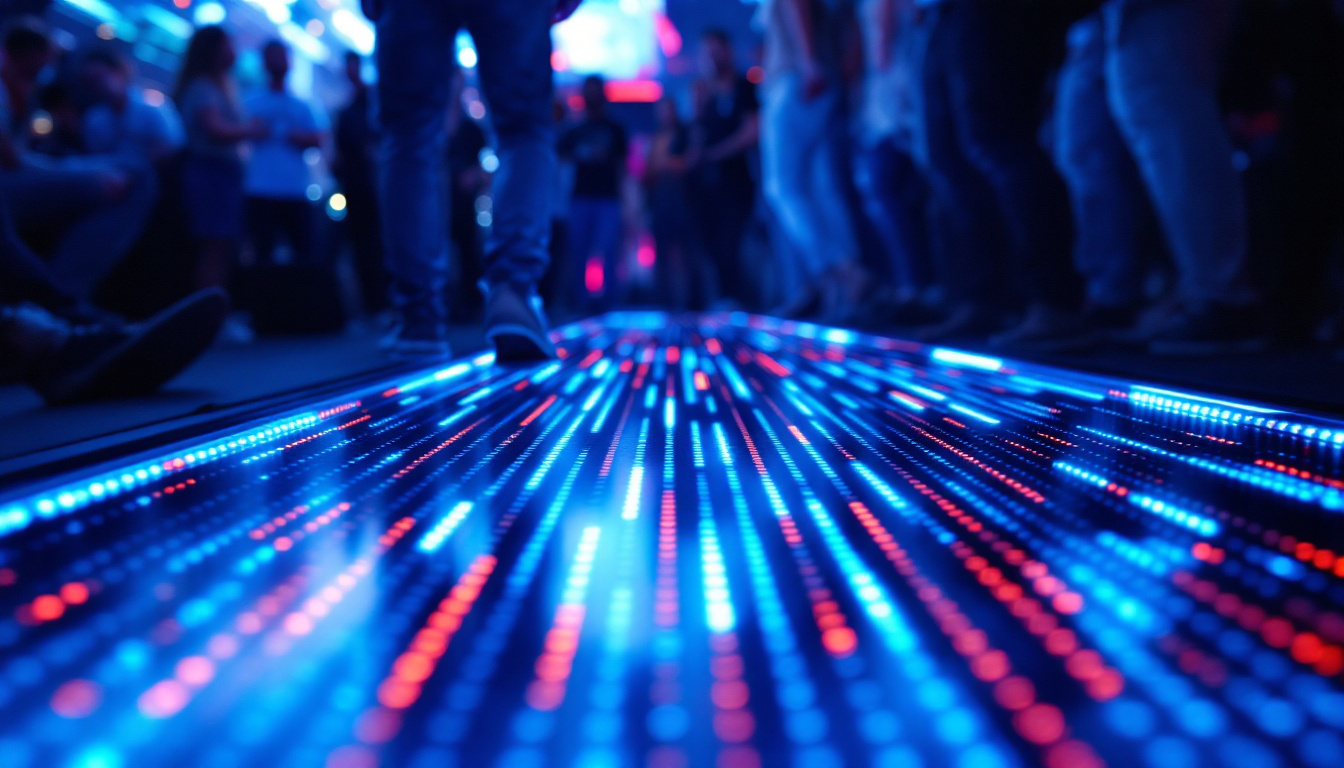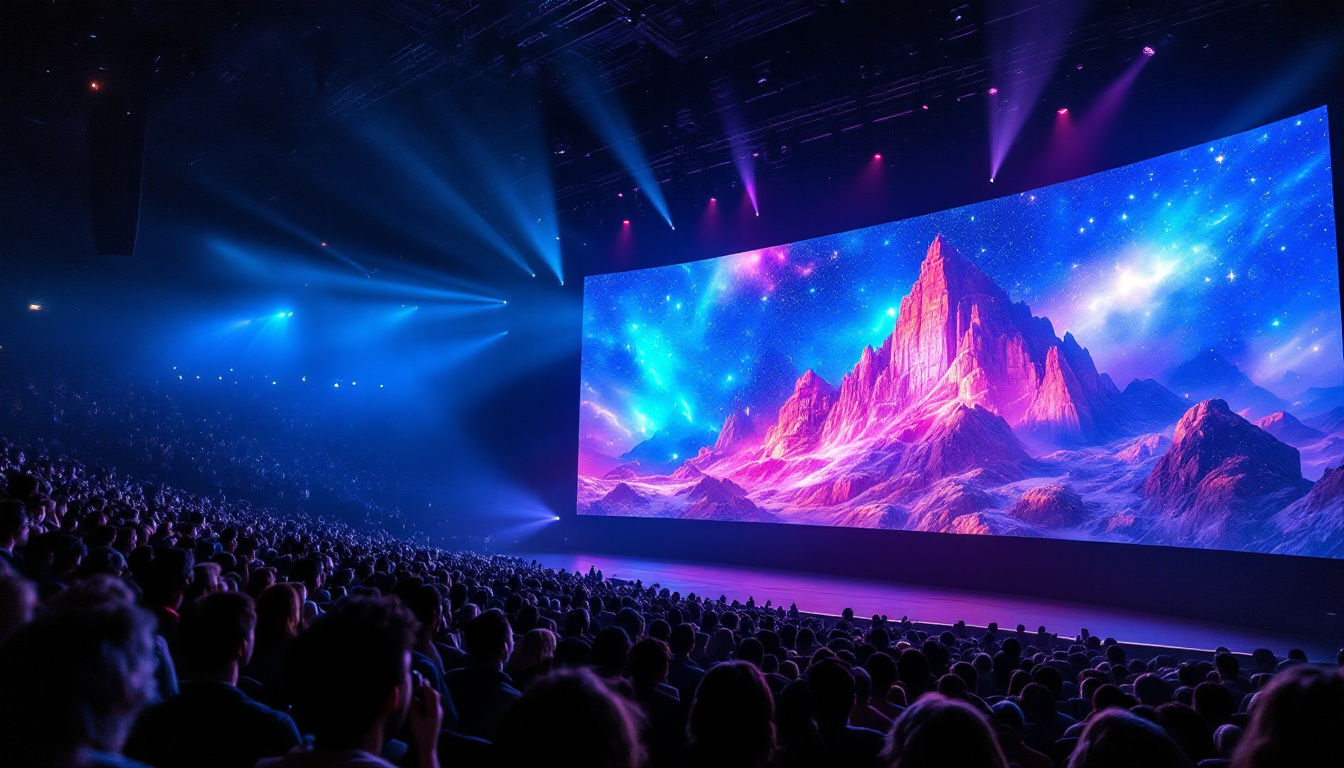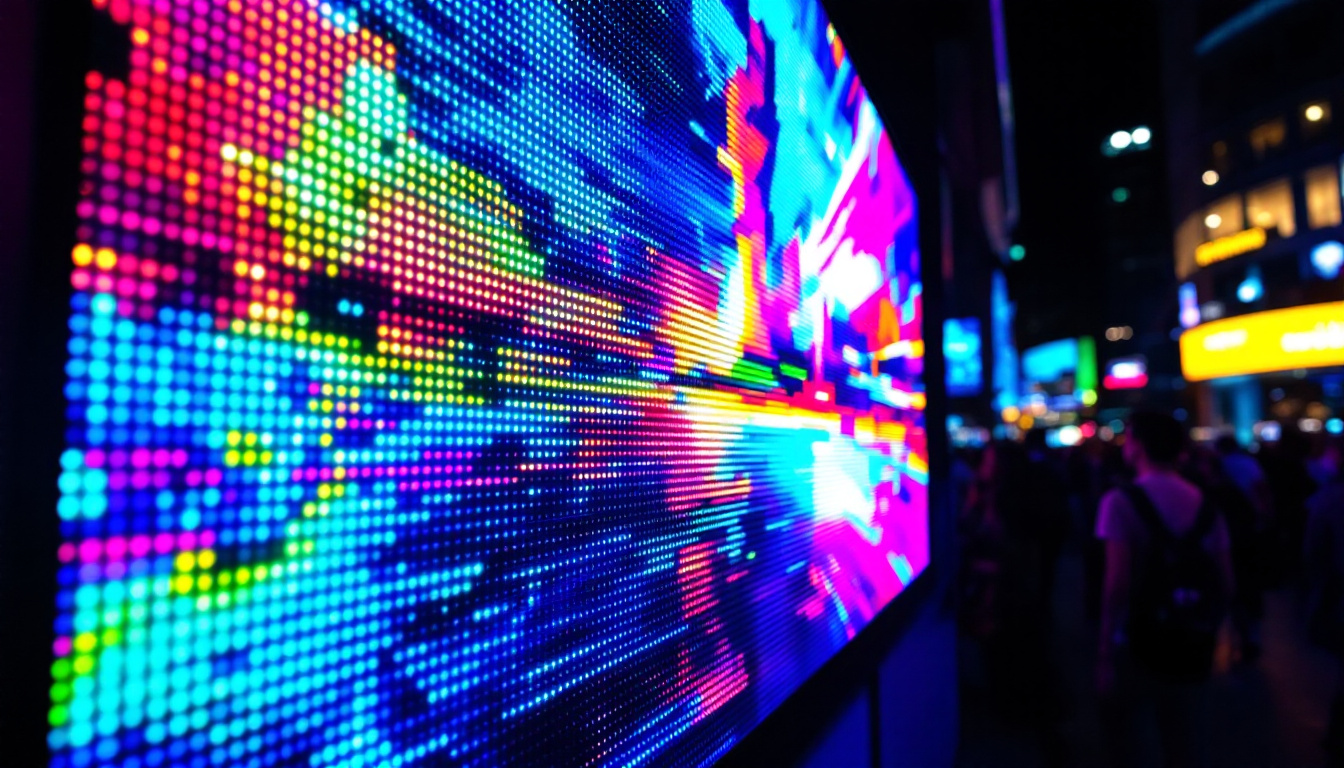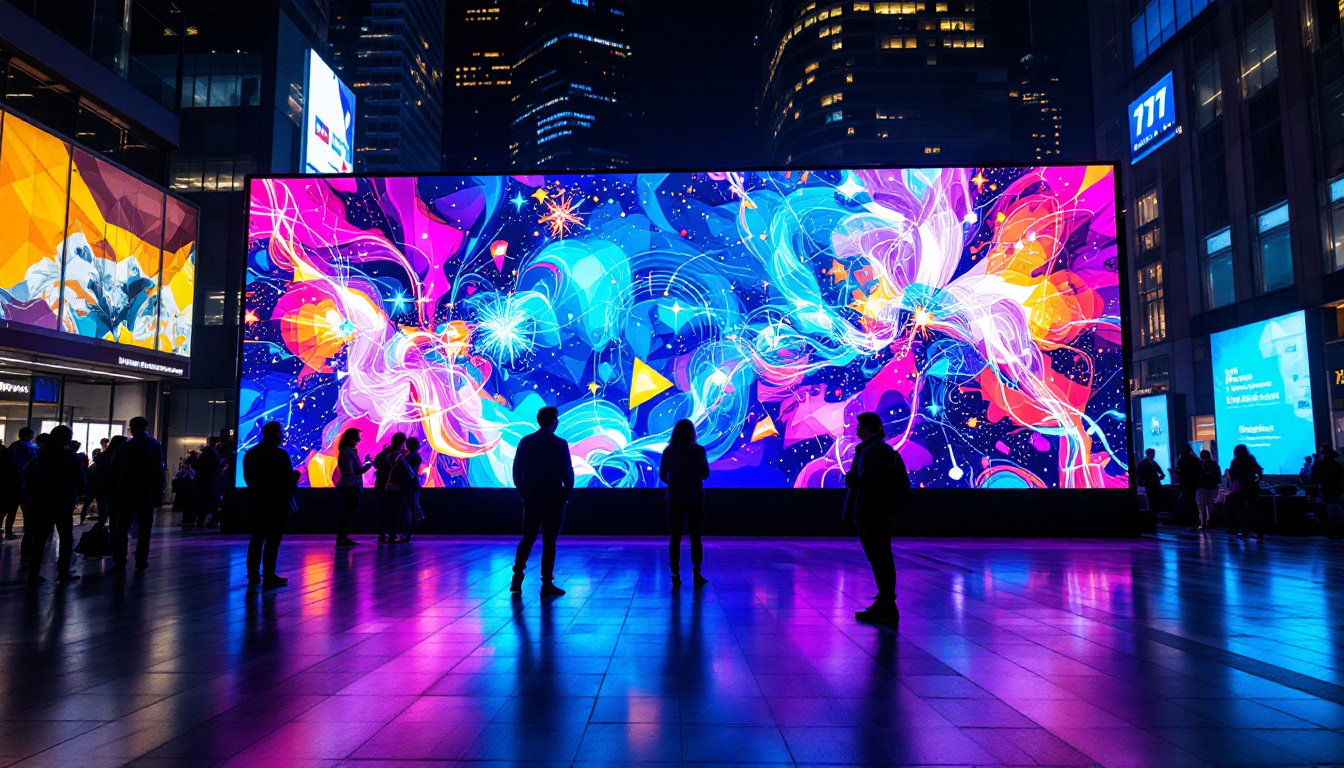In an era where technology continues to evolve at an unprecedented pace, the concept of cameras that can see through walls has transitioned from science fiction to reality. These advanced devices leverage innovative technologies to provide insights that were once thought impossible. This article delves into the mechanics of these cameras, particularly focusing on LED display technology and its applications.
The Science Behind Seeing Through Walls
Understanding how cameras can effectively “see” through walls requires a grasp of the underlying technology. Traditional imaging relies on visible light, but these advanced cameras utilize different wavelengths of electromagnetic radiation, such as infrared or radio waves. By interpreting the data collected from these wavelengths, these devices can create images of objects hidden behind solid barriers.
Types of Waves Used
Different types of waves serve distinct purposes when it comes to penetrating walls. Infrared waves, for instance, can detect heat emitted by objects, allowing for the identification of living beings or warm machinery behind a wall. On the other hand, radio waves can pass through various materials, making them ideal for detecting structural elements or larger objects.
Moreover, advancements in radar technology have enabled the creation of devices that can visualize these waves, translating them into usable images. This capability is crucial in fields ranging from security to search and rescue operations, where understanding what lies beyond a wall can be a matter of life and death. The implications extend beyond immediate safety concerns; for example, in the construction industry, these technologies can help in assessing the integrity of buildings by revealing hidden flaws or structural weaknesses that may not be visible to the naked eye.
How Imaging Works
The imaging process begins with the emission of waves from the camera. These waves penetrate the wall and interact with objects behind it. The reflected waves return to the camera, where sophisticated algorithms analyze the data. This analysis results in a visual representation of the hidden environment.
Modern cameras are equipped with advanced sensors that enhance the clarity and detail of the images produced. The integration of artificial intelligence further refines the imaging process, allowing for real-time analysis and improved accuracy. This combination of technology not only enhances the functionality of the cameras but also expands their potential applications. For instance, in law enforcement, these cameras can aid in tactical operations, providing officers with critical information about a situation without compromising their safety. Additionally, in the medical field, similar technologies are being explored for non-invasive diagnostics, where understanding the internal structures of the body without surgery could revolutionize patient care.
Applications of Wall-Seeing Cameras
The ability to see through walls has significant implications across various sectors. From security and surveillance to construction and emergency response, these cameras are proving to be invaluable tools.
Security and Surveillance
In the realm of security, wall-seeing cameras offer a new layer of protection. Law enforcement and security personnel can utilize these devices to assess potential threats without breaching a structure. This capability is particularly useful in hostage situations or during tactical operations, where understanding the layout and presence of individuals behind walls can inform decision-making.
Additionally, these cameras can be employed in high-security facilities to monitor areas that are otherwise inaccessible. By providing a clear view of hidden spaces, they help to prevent unauthorized access and enhance overall safety protocols. The integration of wall-seeing cameras with advanced analytics can also facilitate real-time monitoring, allowing security teams to respond swiftly to any anomalies detected within the premises.
Construction and Inspection
In construction, wall-penetrating cameras are instrumental in inspecting the integrity of structures. They can identify issues such as moisture intrusion, electrical wiring, or plumbing problems without the need for invasive procedures. This non-destructive testing saves time and resources while ensuring that any potential issues are addressed promptly.
Furthermore, these cameras can assist in verifying that construction projects adhere to safety regulations and building codes. By providing a clear view of hidden elements, they help to ensure that projects are completed to the highest standards. In addition, wall-seeing cameras can be used during renovations to assess the condition of existing structures, allowing contractors to make informed decisions about necessary repairs or upgrades without the guesswork that often accompanies such projects.
Search and Rescue Operations
In emergency situations, every second counts. Wall-seeing cameras can play a critical role in search and rescue operations, especially in scenarios like building collapses or natural disasters. First responders can quickly assess the situation behind walls, locating trapped individuals or hazards without risking further collapse or injury.
The ability to visualize hidden spaces allows rescue teams to strategize their approach effectively, potentially saving lives. This application highlights the humanitarian aspect of this technology, showcasing its potential to make a significant difference in critical situations. Moreover, the use of these cameras can enhance coordination among various emergency response teams, as they provide a shared visual understanding of the environment, thereby improving communication and efficiency during rescue missions.
Understanding LED Display Technology
LED display technology plays a pivotal role in how images from wall-seeing cameras are presented. The clarity and vibrancy of the images are essential for effective analysis and decision-making. LED displays offer several advantages that enhance the viewing experience.
Advantages of LED Displays
LED displays are known for their high brightness and contrast ratios, making them ideal for displaying images captured by wall-penetrating cameras. The ability to produce vivid colors and sharp details ensures that even subtle differences in the images can be discerned.
Moreover, LED technology is energy-efficient, which is crucial for devices that may need to operate for extended periods. This efficiency translates to longer battery life and reduced operational costs, making LED displays a practical choice for various applications.
Integration with Imaging Technology
When integrated with advanced imaging technology, LED displays can showcase real-time data analysis and overlays. For instance, when a camera detects a heat signature, the LED display can highlight that area, providing immediate visual feedback to the user. This feature enhances situational awareness and allows for quicker reactions in critical scenarios.
Additionally, the flexibility of LED displays enables them to be used in various formats, from handheld devices to large screens in command centers. This versatility ensures that the information is accessible and comprehensible, regardless of the environment.
Challenges and Limitations
Despite the impressive capabilities of wall-seeing cameras, several challenges and limitations persist. Understanding these factors is essential for users and developers alike.
Material Limitations
The effectiveness of wall-penetrating cameras can vary significantly based on the materials involved. For instance, dense materials like concrete or metal can obstruct certain wavelengths, limiting the camera’s ability to produce clear images. As a result, the choice of technology must align with the specific application and environment.
Furthermore, the presence of multiple layers, such as insulation or wiring, can complicate the imaging process. Developers are continually working to enhance the capabilities of these cameras to mitigate such challenges, but users should remain aware of these limitations when deploying the technology.
Privacy Concerns
As with any surveillance technology, privacy concerns surrounding wall-seeing cameras cannot be overlooked. The ability to see through walls raises ethical questions about consent and the potential for misuse. Striking a balance between security and privacy is crucial, and regulations must be established to govern the use of this technology responsibly.
Stakeholders, including developers, law enforcement, and policymakers, must engage in ongoing discussions to address these concerns. Establishing clear guidelines can help ensure that the technology is used ethically and effectively, minimizing the risk of infringement on individual privacy rights.
The Future of Wall-Seeing Technology
The future of wall-seeing cameras and LED display technology is promising. As advancements continue to emerge, the potential applications are likely to expand even further.
Innovations on the Horizon
Researchers and developers are exploring new materials and technologies that could enhance the capabilities of wall-penetrating cameras. Innovations in sensor technology, for instance, may lead to improved resolution and image clarity, allowing for even more detailed visualizations of hidden environments.
Moreover, the integration of machine learning and artificial intelligence is set to revolutionize how these cameras operate. Enhanced algorithms can improve image processing, allowing for real-time analysis and more accurate interpretations of the data collected.
Broader Applications
Beyond security, construction, and emergency response, wall-seeing technology may find applications in fields such as archaeology, where understanding subsurface structures is vital. Similarly, in the realm of home inspection, these cameras could assist homeowners in identifying potential issues without invasive measures.
As the technology matures, it is likely to become more accessible, with potential consumer applications emerging. This democratization of technology could empower individuals to utilize wall-seeing capabilities for personal projects or safety assessments.
Conclusion
The advent of cameras that can see through walls represents a significant leap in technological innovation. By harnessing advanced imaging techniques and LED display technology, these devices offer unparalleled insights into hidden environments. As applications continue to expand across various sectors, the potential for positive impact is immense.
However, with great power comes great responsibility. Addressing the challenges and limitations associated with this technology is crucial to ensuring its ethical use. By fostering open discussions and establishing clear guidelines, society can harness the benefits of wall-seeing cameras while respecting individual privacy rights.
As the future unfolds, the continued evolution of this technology promises to enhance safety, efficiency, and understanding in a myriad of applications. The journey of wall-seeing cameras is just beginning, and their potential to change the way we perceive our surroundings is boundless.
Discover the Future of Visual Technology with LumenMatrix
As we embrace the transformative capabilities of cameras that see through walls, the importance of superior display technology has never been clearer. LumenMatrix stands at the forefront of this revolution, offering a suite of innovative LED display solutions that bring your visual communications to life. Whether you’re looking to enhance security measures, elevate your brand’s presence, or create immersive experiences, our range of products, including Indoor and Outdoor LED Wall Displays, Vehicle LED Displays, and more, are designed to meet your needs. Check out LumenMatrix LED Display Solutions today and step into a world where clarity and innovation converge.

